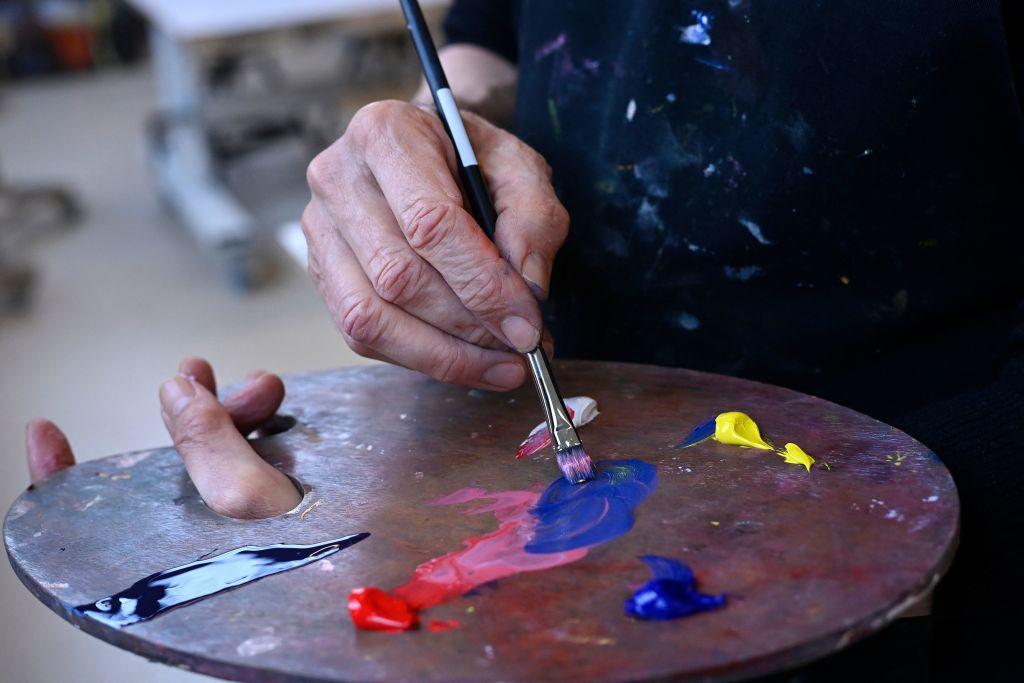Scientists at Deakin University have created a special process to turn old clothes into colourful pigments, giving a second life to discarded textiles instead of letting them go to waste.
Lead researcher and associate professor Rangam Rajkhowa said about 800,000 tonnes of textile waste are discarded in Australian landfills each year.





